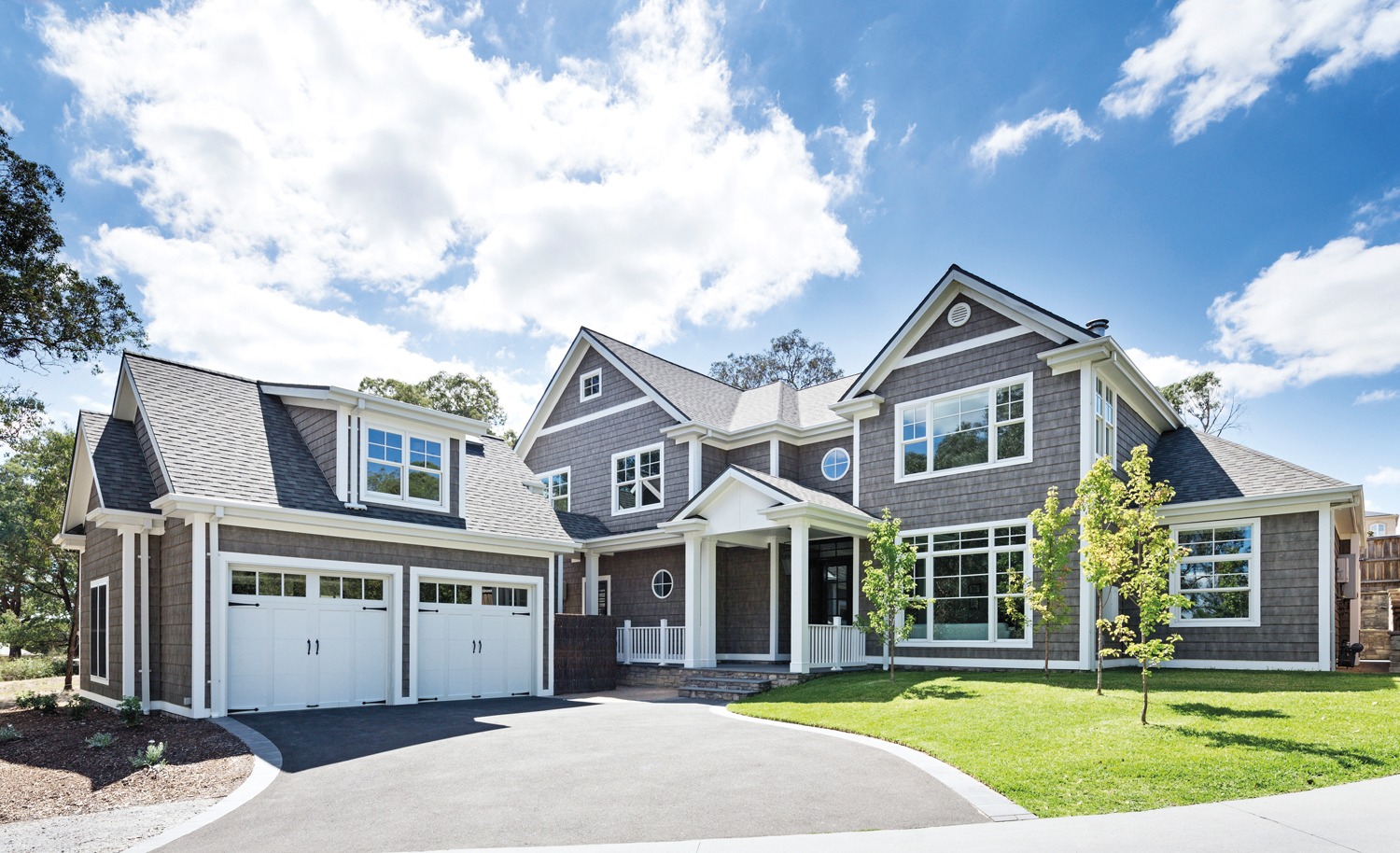If you’re an empty nester, now is the time to create the garden you want
By Jacki Brown
Becoming an empty nester — a parent whose children have grown up and left home — is a time of lifestyle change and shift in focus. The result is more time and money to spend on yourself, so why not finally put into motion those plans to improve your outdoor area or create your perfect landscape from scratch?
If you plan to stay in the family home as long as you can, and eventually retire in it, the empty nest landscape could be cleaned out, repaired and renovated or completely redesigned. If you’re relocating or downsizing to a more manageable home and garden, you could invest in a makeover for the new landscape or get some landscape design ideas to make the most of a smaller, low-maintenance landscape.
The main aim in making the most of your outdoor space into your autumn years is to create a space that will work for you into the future, giving you more to enjoy and less to work on. Professional landscape design and horticultural advice will address many different practical and functional needs as well as your aesthetic and style preferences. Landscape designers tailor solutions to your personal circumstances — hobbies, grandchildren, allergies and special health or mobility needs — as well as your lifestyle needs.
The perfect landscape
So what makes a landscape suitable for “mature audiences”? It could be said in this day and age that the perfect garden is one that someone else looks after. Many empty nesters are working full-time and will be for many years before retirement, so keeping the landscape as low maintenance as possible allows time outside of work to be spent on rest and recreation, not toil and trouble.
Although you’re only as old as you feel, there are some garden tasks that I’m sure you’d rather hang up your gumboots on and have someone else take care of. This may mean having a gardener come in every so often to make sure things stay tidy or installing automatic irrigation so you have one less thing to remember. For empty nesters, this sort of thing might have been a luxury you could ill afford while you had a family to feed, but it may be worth the expense once you find yourself looking after the place on your own.
Depending on your personality, an easy-to-maintain landscape could be neat and tidy without too many fussy details or messy corners, or intentionally informal so plants and nature can do their own thing while you’re not looking. This doesn’t have to mean “messy”, but may require a devil-may-care attitude about neatness.
Planting and maintenance
There is a saying that life is what happens when you’re busy doing other things and that’s certainly true of life in a garden or any outdoor environment — things will grow! If you plan well, these will be hardy and attractive plants well suited to the local climate, rather than the garden plants. When planting, be aware of the mature sizes of any plants you use, so you don’t create a garden that needs a lot of pruning.
Space for socialising, hobbies and relaxing become the main focus. Provide plenty of places to sit — both casual seating for visitors and a couple more comfortable seats or lounges for quiet relaxation. Add a deck or outdoor area for dinner parties and family gatherings. Space for hobbies may be in the form of storage for a boat or caravan, or a large lawn for golfing or bocce. Apart from specific uses such as those, minimise lawn for a lower-maintenance landscape.
Play areas for grandkids might be needed. If so, avoid plants that may be harmful to children or that children are likely to damage. If grandkids are not an issue (nor pets), you can have all the spiky, poisonous or delicate plants you like.
To your good health!
There are many health benefits to be gained in your garden — even for those who are as fit as a fiddle. Fresh air, exercise and having green surroundings improve your mood and help with relaxation and stress management.
If time permits, a small vegetable or herb garden can be a plus for your health and save you money, particularly when coupled with a compost system and rainwater tank. You control exactly what chemicals or additives do or don’t go into your fresh food.
Safety considerations when renovating or installing a new landscape include avoiding trip hazards such as pebbles and uneven pavers. Provide enough lighting for visibility and security. Raised gardens, especially for vegetables, are a good idea if your back or joints aren’t what they used to be. Handrails and seating in useful places around the landscape assist people with mobility issues.
Things you can do
• Techno Savvy: If you’re anything like the empty nesters I know, you’re probably drawn to gadgets and gizmos. Some doodads for the garden include electronic weather stations, wireless outdoor speakers, mozzie zappers, self-watering planters, water features, LED lighting and, of course, the classic motion-sensing croaking frog.
• Working Bee: Organise a garden working bee to overhaul a tired landscape. Enlist the help of your children or younger friends to do the muscle work while you supervise. Revitalise the old garden, which might have been originally installed 20 or more years ago — it will increase the value of your home if you’re planning to sell and downsize.
• Nation Tree Day: Plant a legacy on National Tree Day on July 31, 2011. You might want to dedicate a tree, or a forest, to your children or grandchildren, or the next generation in your community, by improving the environment they’ll be left with in the future. As they say, the best time to plant a tree was 20 years ago; the second-best time is today!
This article was prepared by Jacki Brown and the team at ecodesign on behalf of the Australian Institute of Landscape Designers & Managers (AILDM). If you would like to find an AILDM member in your area, visit the website: www.aildm.com.au


